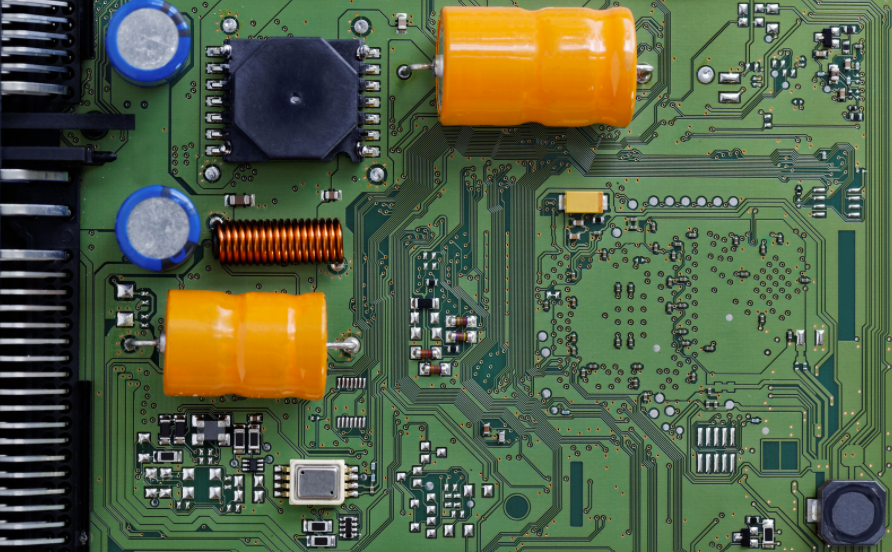Printed circuit board finishes are the final protective layer applied to a PCB that will protect them from environmental factors or external harm. Not long ago, this process was limited to two types of finishes: nickel and gold, and hot air solder leveling (HASL). Today, dozens of options for PCB finishes are available, each with their own benefits for different applications.
With so many options available, which printed circuit board finishes should you use in your PCB manufacturing? We outline some considerations below.
What PCB Finish Should I Use?
Lead or Lead-Free?
There has been some debate as to whether printed circuit boards that contain lead are damaging to the environment. The logic was that, once a product containing a printed circuit board was discarded, the lead would seep into the environment in landfills and cause damaging effects to disperse through wastewater.
Although some EPA studies have shown that this does not happen, rules and regulations now exist that limit the import and export of electronic waste containing lead. The EU’s restriction on the use of Hazardous Substances, or RoHS, must be considered if you are planning to sell electronic products. Per their requirements, any substances containing lead must have a concentration below 1000 parts per million to maintain compliance with these rules.
Hot air solder leveling, one of the two main ways in which printed circuit boards were initially finished, contains lead, and products that are finished with these cannot be sold to Europe. Thankfully for those who want to continue utilizing this type of finish, a lead-free HASL is now available.
Shelf Life
Quality is a word thrown around quite a bit in the world of printed circuit boards. But what about reliability? Depending on the application of a printed circuit board, you will likely want a product to work well not just when it is used, but for a long period of time. For this reason, you will likely want a PCB finish that has a good shelf-life, even when it isn’t being used for a period longer than six months.
Most finishes will allow for this, with the main exception being organic solderability preservative (OSP). While this type of finish is eco-friendly, low-cost, and simple to manufacture and rework, it has virtually no shelf-life and can be easily damaged.
Cost
In the world of printed circuit boards, you get what you pay for. Generally, the more expensive PCB finishes like electrolytic wire bondable gold, electrolytic hard gold, and electroless nickel electroless palladium immersion gold (ENEPIG) offer benefits such as having greater wire bondability, tighter pitch, and contact usage. However, as you would expect from anything made of gold, these types of finishes are significantly more expensive.
Consider the end use of your product before selecting a more expensive finish. If you’re selling cheap consumer electronics, you may want to opt for less costly options. Comparatively, applications such as aerospace and military applications may call for these alternative finishes.
Handling Sensitivity
Depending on the type of PCB finish that you use, your end product may be more or less durable. The materials you use during fabrication will impact this as much as the finish. Immersion silver, immersion tin, and OSP finishes are, as a rule, more prone to breaking when not properly held.
For this reason, it is critical to consider the final application of the product you intend to use. If the end use of a product might require removing the printed circuit board out of product, you may want to invest in stronger printed circuit boards.
Attributes of PCB Finish Should Be Dictated by the End-User
There are dozens of options available on the market for different PCB finishes. Which one is the best match for your printed circuit board?
As addressed above, this should almost exclusively derive from the end use of a product. Cheap consumer goods can afford to use less expensive and less durable finishes, and if they are intended to be thrown away, should probably not contain lead. PCB boards for a space shuttle, by comparison, should use the most advanced and applicable finishes available to ensure that the occupants are protected from their extreme environment.
Not sure where to start? We can help. Imagineering specializes in producing best-in-class printed circuit boards with quality and delivery you can trust. We offer same day prototypes and full turnkey assembly with turnaround in as little as 24 hours. Contact us today for more information about our services.

